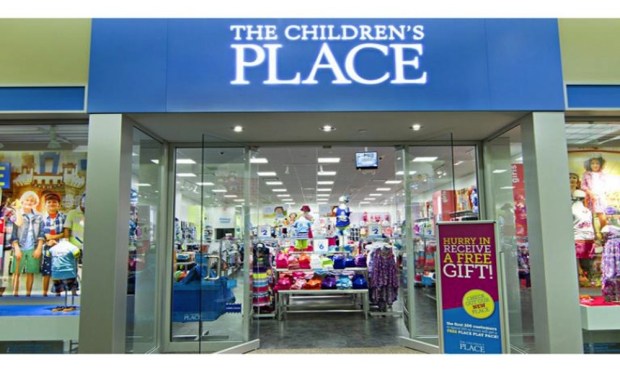The Children’s Place Has Complex Path Toward Omnicommerce

In retail it seems a truism that there is no such thing as too many sales. The ultimate goal of any merchant is to sell its goods and services — and as many of them as possible.
But when what is possible to sell falls far short of what consumers want to buy, that can be a problem. There is such a thing as being too popular, after all. And while it can seem a high-class problem to have, for the team at children’s apparel retailer The Children’s Place, it is a problem the brand is looking to tackle head on as it resets its vision toward omnichannel in a race to court millennial moms and their evolving shopping habits.
The trouble with too much popularity surfaced during the brand’s earnings call in early December, when it noted that eCommerce sales skyrocketed 30 percent during Q3, with net sales of $522.5 million. The Children’s Place further reported that the company’s Amazon-driven sales rose 40 percent over 2017 during the quarter.
“All is positive on the Amazon front,” Chief Financial Officer Michael Scarpa said.
That is growth the brand is happy to see, as it made a concerted effort in 2018 to level up the power of its digital offerings — but the bump was clearly bigger than expected.
“[T]he outsized growth of our digital business has caused low levels and stock-outs of e-commerce inventory, and has forced us to make brick-and-mortar inventory available to our digital customers online in order to meet their demand,” Scarpa explained.
More than supply issues, fulfillment costs associated with ship-from-store and the fulfillment of store inventory are higher than they are when The Children’s Place ships from its distribution centers.
“We project the incremental fulfillment costs in the fourth quarter will be approximately $5 million above our previous guidance, primarily as a result of the utilization of ship-from-store,” Scarpa noted.
The costs, however, fall in line with the children’s clothing brand’s overall migration toward away from its mall chain roots — and toward its second act as a omnicommer brand. The retailer has spent the last several years closing store locations with an overall goal of reducing its store footprint by 300 stores by 2020. The Children’s Place ended Q3 quarter with 988 stores and a 4 percent year-over-year decrease. All in, the company has closed 195 stores in the past five years.
“One hundred percent of our customers eventually grow out of our product,” Chief Executive Jane Elfers said on the call. “Our highest-value customers continue to generate 15 times more value than that of new or infrequent customers.”
And with the fall-off of brands like Gymboree, Sears, Kmart and Bon-Ton, retailers that collectively were worth $425 million to $475 million in children’s apparel sales, “We estimate the market-share opportunities from this collective group is large, possibly five to 10 times as large as a single player like Gymboree or Sears,” said Elfers.
With digital sales approaching nearly of third of the brand’s total sales, the apparel retailer’s stock price took a hard hit in early December, dropping by over 13 percent. Analysts were particularly concerned that the problems reported in Children’s Place’s digital supply chain are likely to persist for quite some time into the new year. Analysts were also divided as to whether the brand ought to invest in a new distribution center to smooth out issues with its supply chain around execution that has plagued the retailer during 2018.
But the brand is seeing additional digital penetration, which is good news in an era where digital children’s apparel brands seem to be proliferating. The race to dress the next generation of fashionistas is increasingly about hooking their Bridge Millennial moms, who prefer to do their shopping online in general, with a quarter of them preferring to shop on Amazon in specific. As The Children’s Place is adding buy-online, pick-up in store features and its sales base is becoming increasing digital, there are indications that its investment in chasing its consumer set online is paying off.
The devil, it seems, will be in getting the logistical details right going forward.
